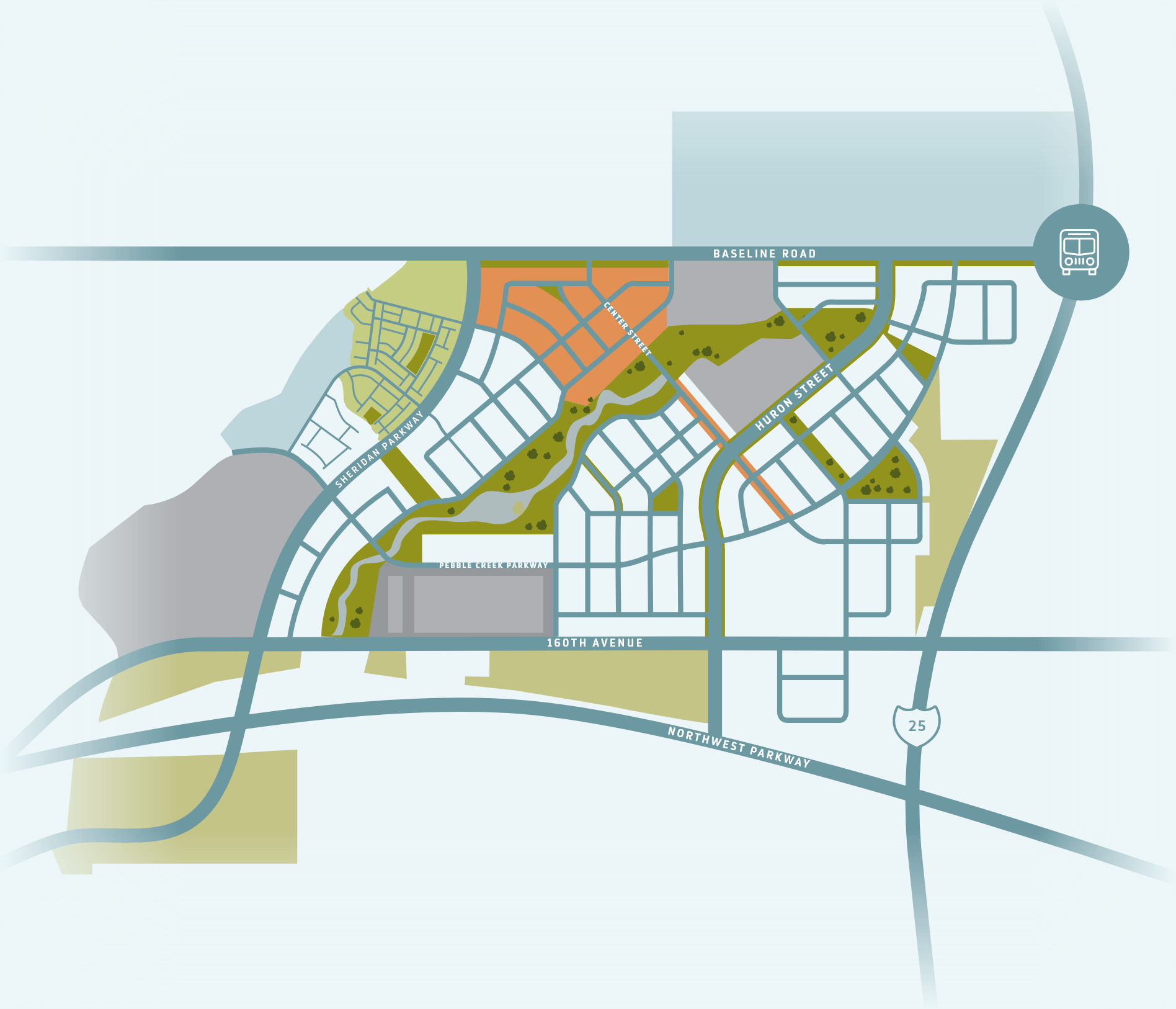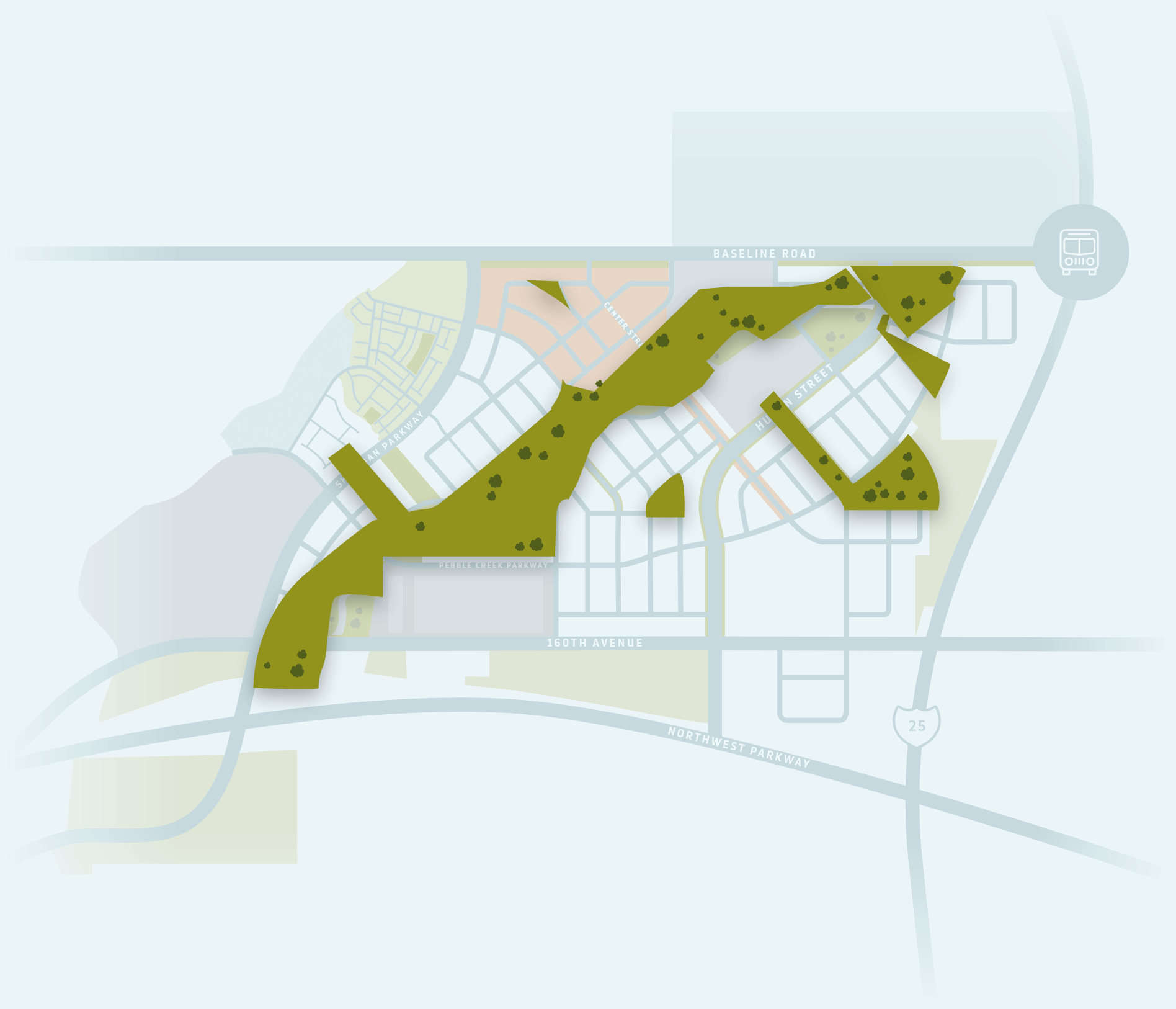One-in-six newlyweds are hitched to somebody of the various battle or ethnicity
Terminology
The definition of “intermarriage” identifies marriages between a Hispanic and a non-Hispanic, or marriages between non-Hispanic partners whom originate from listed here various racial teams: white, black colored, Asian, American Indian, multiracial or various other competition. 1
When you look at the racial and cultural category system utilized for this report, people are categorized first by ethnicity (thought as whether some body is Hispanic or otherwise not) then by battle. As a result, all recommendations to whites, blacks, Asians, United states Indians, multiracial individuals or people of various other battle consist of those people who are perhaps perhaps perhaps not Hispanic; Hispanics could be of every competition. Therefore, for example, when you look at the 2015 United states Community Survey, 4% of black colored newlyweds stated that also they are Hispanic. This type of person categorized as “Hispanic” in this analysis, if they truly are hitched to somebody who identifies being a non-Hispanic black colored, both are counted to be in a intermarriage. A non-Hispanic white person, their marriage would be classified as one between a Hispanic and a white person rather than a black and a white person by the same token, if a Hispanic black person marries.
You start with the 2000 census, people could decide to determine with over one team in reaction to your battle concern. These multiracial folks are addressed as a different competition category, distinctive from those that identify as an individual competition, including those that identify as “some other competition. in this analysis” (just like solitary competition people, a person that is multiracial additionally identifies as Hispanic will be categorized as Hispanic.)
Into the additional information analysis, the term “Asian” includes indigenous Hawaiians as well as other Pacific Islanders; “American Indian” includes Alaska natives. Into the analysis associated with Pew Research Center studies and also the General personal Survey, Asian contains anyone who self-identifies as Asian.
“Newlyweds” or those who are “recently hitched” or “newly hitched” include those that got hitched when you look at the year just before being surveyed for 2008 to 2015 information. In every other years, newlyweds are the ones whom married for the reason that year that is same. Information analyses for 1967 through 1980 are restricted to newlyweds whom married when it comes to time that is first while analyses for subsequent years include individuals marrying the very first time and those that have remarried.
Individuals created in another of the 50 states or the District of Columbia or who had been created abroad to a minumum of one US moms and dad are categorized as “U.S. born.” Others are categorized as “foreign created,” including those created in Puerto Rico or other usa regions. The convention of categorizing persons living in the U.S. who were born in U.S. territories as foreign born has been used by the United Nations while these individuals are U.S. citizens by birth. The terms “foreign created” and that are“immigrant utilized interchangeably.
When you look at the analysis of academic attainment, “some university” includes individuals with a co-employee level or those that went to university but would not get a diploma. “High college or less” includes anyone who has gained a highschool diploma or its comparable, such as for instance a General Education developing (GED) certification.
“Metro areas” in this report are categorized centered on metropolitan analytical areas (MSA), which comprise with a minimum of one large metropolitan core with 50,000 individuals or higher, along with neighboring areas which are socially and economically for this core area. They truly are a proxy for urban and areas that are suburban.
For Pew Research Center survey information, sources to urban, residential district and rural depend on the respondent’s ZIP code. Urban residents are the ones whom reside inside the city that is central of MSA. Residential district residents are the ones whom reside within a MSA county, but they are perhaps perhaps not in the central town. Rural residents are the ones that do perhaps maybe not inhabit an MSA county.
The U.S. Supreme Court in the Loving v. Virginia case ruled that marriage across racial lines was legal throughout the country in 2015, 17% of all U.S. newlyweds had a spouse of a different race or ethnicity, marking more than a fivefold increase since 1967, when 3% of newlyweds were intermarried, according to a new Pew Research Center analysis of U.S. Census Bureau data. 2 In that year. Until this ruling, interracial marriages had been forbidden in several states.
More broadly, one-in-ten married people in 2015 – not merely those that recently married – had a partner of a various battle or ethnicity. This results in 11 million those who had been intermarried. The rise in intermarriage has coincided with moving societal norms as People in america have become more accepting of marriages involving partners of various events and ethnicities, also in their families that are own.
The essential dramatic increases in intermarriage have actually taken place among black colored newlyweds. Since 1980, the share whom married some body of the various battle or ethnicity has significantly more than tripled from 5% to 18per cent. White newlyweds, too, have seen an increase that is rapid intermarriage, with prices increasing from 4% to 11percent. But, regardless of this increase, they stay the smallest amount of most likely of all of the major racial or ethnic teams to marry some body of a race that is different ethnicity.
Asian and Hispanic newlyweds are probably the most prone to intermarry into the U.S. About three-in-ten Asian newlyweds 3 (29%) did therefore in 2015, therefore the share ended https://adultdatingwebsites.net/fetlife-review/ up being 27% among recently married Hispanics. Of these teams, intermarriage is also more predominant among the U.S. born: 39% of U.S.-born Hispanic newlyweds and almost half (46%) of U.S.-born Asian newlyweds have partner of the different competition or ethnicity.
For blacks and Asians, stark sex variations in intermarriage
Among blacks, intermarriage is two times as predominant for male newlyweds as it’s because of their feminine counterparts. While about one-fourth of recently hitched black colored guys (24%) have partner of a different sort of competition or ethnicity, this share is 12% among recently hitched black colored ladies.
You can find dramatic sex distinctions among Asian newlyweds aswell, though they operate when you look at the direction that is opposite Asian women can be more prone to intermarry than their male counterparts. In 2015, simply over one-third (36%) of newlywed Asian females had a partner of a race that is different ethnicity, compared to 21per cent of newlywed Asian guys.
In comparison, among white and Hispanic newlyweds, the stocks who intermarry are comparable for guys and females. Some 12% of recently hitched white guys and 10% of white females have partner of a various battle or ethnicity, and among Hispanics, 26% of newly hitched males and 28% of women do.
























